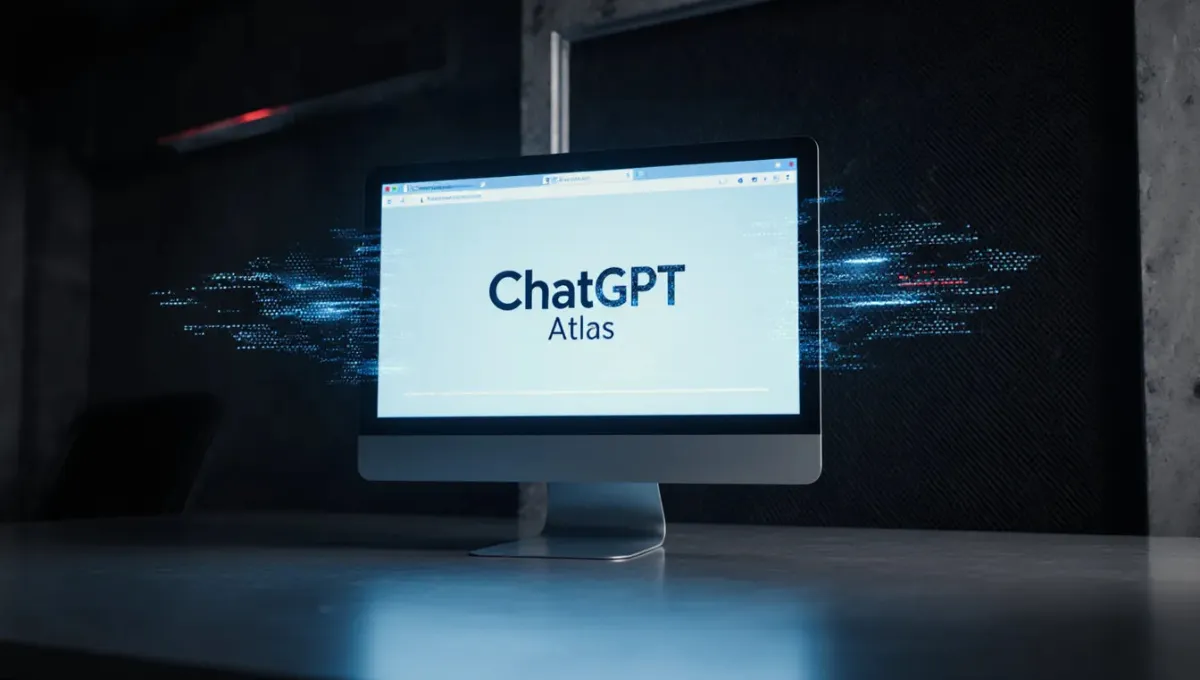Artificial intelligence has become the crown jewel of modern technology — a symbol of progress, creativity, and innovation. From ChatGPT and Gemini to Copilot and Midjourney, AI is powering a new digital revolution. But behind every smart response, image generation, or voice assistant lies a hidden cost few are talking about: energy. And not just a little energy — a staggering, planet-sized appetite for power.
The Invisible Cost of Intelligence
When you train an AI model, you’re not just teaching a machine — you’re lighting up entire cities.
Researchers at the University of Massachusetts Amherst found that training a single large AI model can emit as much carbon as five cars over their entire lifetime. Modern large language models, like GPT-4 or Gemini 1.5, can consume 5 to 7 gigawatt-hours of electricity during training — roughly equivalent to powering 1,000 American homes for a year.
But training is only the beginning. Every time someone types a prompt, asks a chatbot for an answer, or generates an image, the system activates massive GPU clusters that draw power from sprawling data centers across the globe. Multiply that by millions of users and billions of queries per day, and the numbers become almost surreal.
By 2030, AI systems are expected to consume up to 10% of global electricity production, according to the International Energy Agency.
Data Centers: The Hidden Power Plants of the Digital Era
If AI had a physical form, it would be made of steel, fans, and blinking lights.
These are the data centers — the invisible backbone of the digital world. Each one houses thousands of powerful servers, kept cool by industrial-scale air and liquid cooling systems.
In 2023 alone, Google used over 5 billion gallons of water to cool its data centers in the United States — a 20% increase from the previous year. Microsoft’s Azure and OpenAI infrastructure rely on similar methods, and even with renewable energy initiatives, the carbon footprint remains enormous.
The problem is not only power. It’s also where that power comes from.
Many AI data centers still rely on non-renewable grids — coal, gas, or oil-based electricity. As more companies race to develop larger and smarter models, the environmental cost continues to rise.
Green Promises and Corporate Contradictions
Every tech giant knows this looks bad.
Microsoft, Google, and Amazon all made bold commitments: carbon-negative by 2030.
Microsoft pledged to remove more carbon from the atmosphere than it emits. Google claims to run many of its data centers on wind and solar power. Yet, as AI demand explodes, even these companies are struggling to keep up.
A 2024 Microsoft report quietly admitted that the company’s overall emissions have increased by 30% since 2020, largely because of its growing AI operations.
In other words, the very technology meant to optimize our world is straining the systems that sustain it.
Some companies are experimenting with immersion cooling, where servers are submerged in non-conductive liquids to reduce heat and energy use. Others, like Meta, are investing in AI-driven energy optimization, letting AI manage AI — a strange but poetic loop of self-regulation.
Water, Heat, and the Local Impact
Communities near AI data centers are beginning to feel the heat — literally.
In Arizona, residents have raised concerns about Google’s water usage during drought conditions. In Iowa, where Microsoft operates a massive OpenAI facility, local farmers claim their water wells are drying faster than ever.
It’s a paradox: the same technology that could help manage climate change may be accelerating it locally.
Water use has become the next environmental battleground for AI.
Some tech companies are testing closed-loop cooling systems that recycle water, while others explore air cooling in colder regions — but those options are expensive and not always viable at scale.
Can AI Be Green?
There’s a growing movement called “Green AI” — the idea that artificial intelligence should be designed, trained, and deployed with environmental impact in mind.
Researchers are exploring “smaller, smarter” models that deliver powerful results without needing petawatts of energy. OpenAI has hinted at new methods for more efficient model scaling. Meanwhile, Google’s DeepMind is using AI to reduce power consumption in its own facilities by 15%, a promising glimpse of what’s possible.
But the challenge remains immense.
AI’s hunger for data and computation is not slowing down — and without a major shift in how we build and power these systems, the technology that’s reshaping humanity could quietly reshape the planet too.
The Irony of Intelligence
AI was meant to save us time, solve impossible problems, and maybe even protect our planet.
And in some ways, it does: it models climate change, optimizes renewable grids, and helps scientists design sustainable materials faster than ever before.
Yet, it’s also a mirror — reflecting humanity’s tendency to create before we conserve.
We’re teaching machines to think like us, while still struggling to think long-term ourselves.
As we look ahead to an AI-powered future, one question looms larger than any algorithm:
Can artificial intelligence truly become sustainable — or will its brilliance burn brighter than the world can bear?

Grace Whitmore is a beauty and lifestyle editor at Nestification, exploring the intersection of modern femininity, quiet luxury, and emotional design. Her work focuses on how aesthetics, mindfulness, and self-expression shape today’s idea of calm confidence — where beauty becomes a state of mind.
Based in New York · [email protected]















